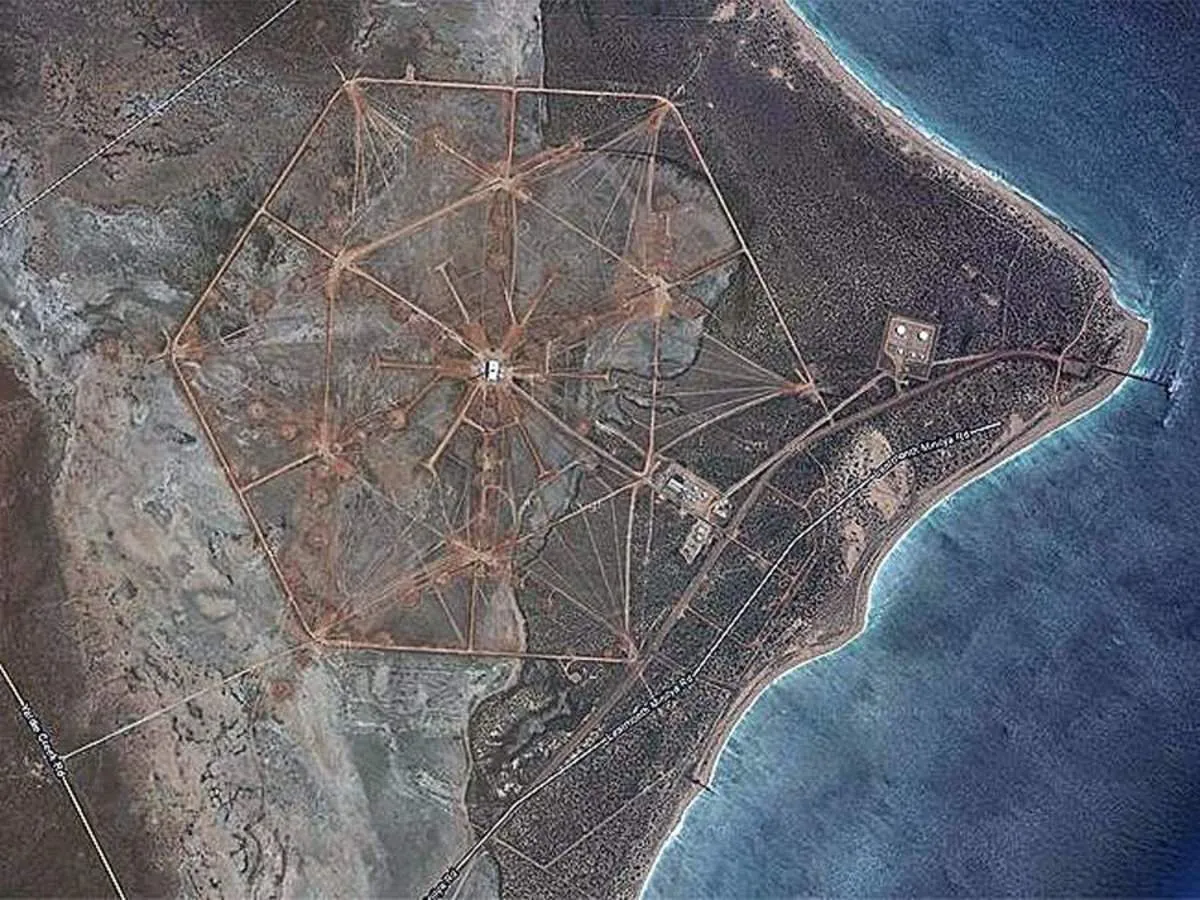In recent years, Australia has been undergoing a significant transformation of its military infrastructure, particularly in its northern regions. This development is part of a broader strategy to enhance deterrence capabilities in the Indo-Pacific region, primarily in response to growing tensions with China.
At the forefront of this transformation is RAAF Base Tindal, located in Australia's Northern Territory. Originally constructed by US Army engineers in 1942 during World War II, the base is now undergoing extensive upgrades. These improvements include expanded runways capable of accommodating larger aircraft, such as American B-52 bombers and Australia's KC-30 tankers, as well as new fuel depots and munitions storage facilities.
The upgrades at Tindal are not isolated. Across Australia, military installations are being revitalized or expanded. In Darwin, 320 km northwest of Tindal, US Marine rotations have been ongoing since 2012. The city's port facilities have also been a point of discussion, given the 99-year lease held by a Chinese company since 2015.
Richard Marles, Australia's defense minister, emphasized the deterrent nature of these developments:
"This is about deterrence. We're working together to deter future conflict and to provide for the collective security of the region in which we live."
The strategic importance of Australia in the Indo-Pacific region cannot be overstated. Its vast coastline and proximity to key areas like the South China Sea make it an invaluable ally for the United States. Some analysts have described Australia as an "unsinkable aircraft carrier" in the region.
However, this increased military cooperation has not been without criticism. Some experts argue that it may make Australia a target in potential conflicts and conflate US and Australian interests. Sam Roggeveen, a former Australian intelligence analyst, expressed concerns about the enterprise, stating that it "conflates America's strategic objectives in Asia with ours, and it makes those bases a target."
The strategy also involves dispersing forces across multiple locations for resilience. Australia is surveying three "bare bases" in Western Australia and Queensland for potential upgrades. Additionally, plans are underway to improve facilities on the Cocos Islands in the Indian Ocean, which could enhance monitoring of Chinese naval activities.
These developments come in the context of broader regional agreements. The AUKUS pact, announced in 2021, will see Australia acquire nuclear-powered submarines with assistance from the US and UK. Starting in 2027, the US plans to rotate nuclear-powered submarines through Western Australia.
While these moves are aimed at deterrence, they also reflect the complex balancing act Australia faces. As Rep. Jimmy Panetta noted, "Australia relies on China for prosperity and on America for security. That's the balance they are playing."
As tensions in the Indo-Pacific region continue to evolve, Australia's role and its military infrastructure will likely remain at the forefront of strategic discussions. The transformation of bases like Tindal and others across the continent represents a significant shift in Australia's defense posture, with far-reaching implications for regional stability and international relations.
